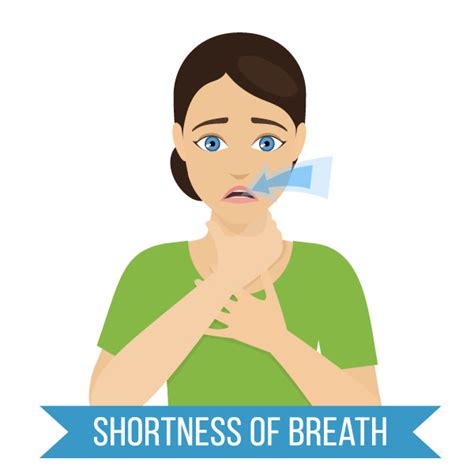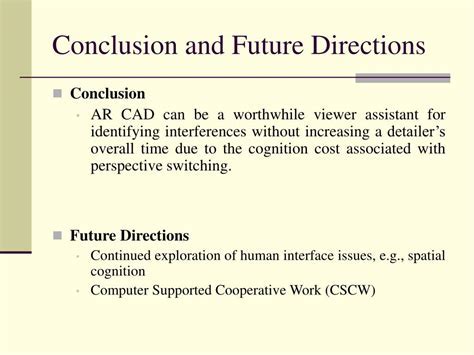Intro
Shortness of breath and cough symptoms can indicate respiratory issues. Learn about causes, diagnosis, and treatments for breathing difficulties, wheezing, and persistent coughs, and manage chronic conditions like asthma and COPD.
Shortness of breath and cough symptoms are two of the most common complaints that patients present to their healthcare providers. These symptoms can be caused by a wide range of conditions, from mild and self-limiting to severe and life-threatening. Understanding the potential causes of shortness of breath and cough symptoms is essential for providing effective treatment and improving patient outcomes. In this article, we will delve into the importance of addressing these symptoms, explore the various causes, and discuss the diagnostic and treatment options available.
Shortness of breath, also known as dyspnea, is a subjective experience that can be described as a feeling of difficulty breathing or a sensation of not being able to catch one's breath. Coughing, on the other hand, is a reflexive response to irritation or inflammation in the respiratory tract. Both symptoms can be acute or chronic, and their severity can vary greatly from person to person. When patients present with shortness of breath and cough symptoms, it is crucial to take a thorough medical history, perform a physical examination, and conduct diagnostic tests to determine the underlying cause.
The importance of addressing shortness of breath and cough symptoms cannot be overstated. If left untreated, these symptoms can lead to significant morbidity and mortality. For example, chronic obstructive pulmonary disease (COPD) is a progressive condition that can cause persistent shortness of breath and coughing, and if left untreated, can lead to respiratory failure and death. Similarly, pneumonia is a serious infection that can cause acute shortness of breath and coughing, and if not treated promptly, can lead to sepsis and death. Therefore, it is essential to take these symptoms seriously and seek medical attention if they persist or worsen over time.
Causes Of Shortness Of Breath And Cough Symptoms

Shortness of breath and cough symptoms can be caused by a wide range of conditions, including respiratory, cardiac, and gastrointestinal disorders. Some of the most common causes of these symptoms include asthma, COPD, pneumonia, bronchitis, heart failure, and gastroesophageal reflux disease (GERD). In some cases, these symptoms can also be caused by environmental factors, such as air pollution, smoking, and exposure to allergens. Understanding the potential causes of shortness of breath and cough symptoms is essential for developing an effective treatment plan.
Respiratory Causes
Respiratory causes of shortness of breath and cough symptoms include conditions that affect the lungs and airways. Some of the most common respiratory causes include: * Asthma: a chronic condition characterized by inflammation and constriction of the airways * COPD: a progressive condition characterized by damage to the lungs and airways * Pneumonia: a serious infection that causes inflammation and fluid buildup in the lungs * Bronchitis: an inflammation of the bronchial tubes that can cause coughing and shortness of breath * Lung cancer: a type of cancer that can cause shortness of breath, coughing, and other respiratory symptomsDiagnostic Options

Diagnosing the cause of shortness of breath and cough symptoms requires a combination of medical history, physical examination, and diagnostic tests. Some of the most common diagnostic tests used to evaluate these symptoms include:
- Chest X-ray: a radiographic test that uses X-rays to visualize the lungs and airways
- Computed tomography (CT) scan: a radiographic test that uses X-rays and computer technology to visualize the lungs and airways
- Pulmonary function tests (PFTs): a series of tests that measure lung function and capacity
- Blood tests: a series of tests that measure oxygen and carbon dioxide levels, as well as other markers of respiratory function
- Bronchoscopy: a procedure that uses a flexible tube with a camera and light to visualize the airways and lungs
Treatment Options
Treatment options for shortness of breath and cough symptoms depend on the underlying cause. Some of the most common treatment options include: * Medications: such as bronchodilators, corticosteroids, and antibiotics * Oxygen therapy: a treatment that involves breathing oxygen through a mask or nasal tube * Pulmonary rehabilitation: a program that includes exercise, education, and support to improve lung function and overall health * Surgery: a procedure that involves removing tumors, repairing damaged tissues, or implanting devices to improve lung functionManaging Shortness Of Breath And Cough Symptoms

Managing shortness of breath and cough symptoms requires a comprehensive approach that includes lifestyle modifications, medication management, and pulmonary rehabilitation. Some of the most effective ways to manage these symptoms include:
- Quitting smoking: a crucial step in reducing the risk of respiratory disease and improving lung function
- Avoiding environmental triggers: such as air pollution, allergens, and irritants
- Staying hydrated: drinking plenty of water to thin out mucus and keep the airways moist
- Getting regular exercise: a crucial step in improving lung function and overall health
- Practicing stress-reducing techniques: such as meditation, yoga, and deep breathing exercises
Lifestyle Modifications
Lifestyle modifications play a crucial role in managing shortness of breath and cough symptoms. Some of the most effective lifestyle modifications include: * Eating a healthy diet: a diet rich in fruits, vegetables, and whole grains * Getting enough sleep: aiming for 7-8 hours of sleep per night * Avoiding heavy meals: eating smaller, more frequent meals to reduce discomfort and shortness of breath * Avoiding strenuous activities: avoiding activities that exacerbate shortness of breath and coughingConclusion And Future Directions

In conclusion, shortness of breath and cough symptoms are two of the most common complaints that patients present to their healthcare providers. Understanding the potential causes of these symptoms, developing an effective treatment plan, and making lifestyle modifications are essential for improving patient outcomes. As research continues to evolve, we can expect to see new and innovative treatments for respiratory diseases, as well as a greater emphasis on preventive care and pulmonary rehabilitation.
Future Research Directions
Future research directions in the field of respiratory medicine include: * Developing new treatments for respiratory diseases: such as gene therapy, stem cell therapy, and immunotherapy * Improving diagnostic tests: such as developing more accurate and non-invasive tests for respiratory disease * Enhancing pulmonary rehabilitation: such as developing more effective exercise programs and supportive therapies * Reducing health disparities: such as improving access to care and reducing health disparities in underserved populationsWhat are the most common causes of shortness of breath and cough symptoms?
+The most common causes of shortness of breath and cough symptoms include respiratory, cardiac, and gastrointestinal disorders, such as asthma, COPD, pneumonia, heart failure, and GERD.
How are shortness of breath and cough symptoms diagnosed?
+Diagnosing the cause of shortness of breath and cough symptoms requires a combination of medical history, physical examination, and diagnostic tests, such as chest X-ray, CT scan, PFTs, blood tests, and bronchoscopy.
What are the most effective ways to manage shortness of breath and cough symptoms?
+The most effective ways to manage shortness of breath and cough symptoms include quitting smoking, avoiding environmental triggers, staying hydrated, getting regular exercise, and practicing stress-reducing techniques.
We hope this article has provided you with a comprehensive understanding of shortness of breath and cough symptoms, their causes, diagnosis, and treatment options. If you have any further questions or concerns, please do not hesitate to comment below or share this article with others who may benefit from this information. Additionally, we encourage you to take action and prioritize your respiratory health by making lifestyle modifications, seeking medical attention if symptoms persist, and staying up-to-date with the latest research and developments in the field of respiratory medicine.
